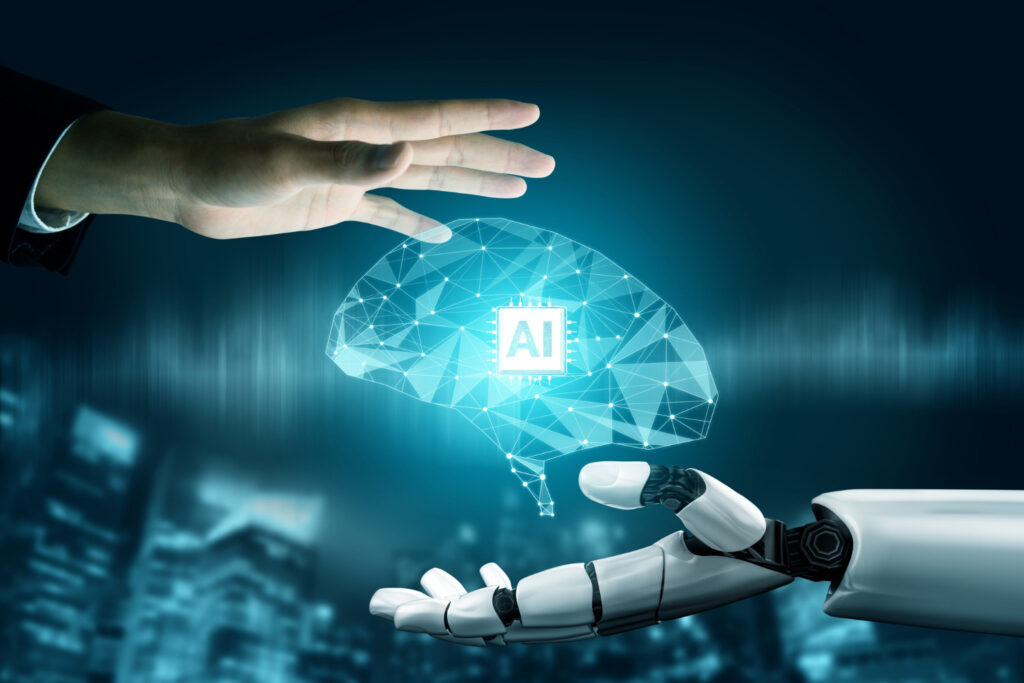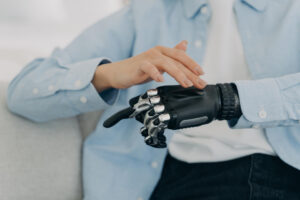Why is 2025 the decisive year for artificial intelligence?

La inteligencia artificial alcanzará en 2025 un punto de inflexión, marcando un antes y un después en su integración social, económica y tecnológica.
As artificial intelligence (AI) continues its rise across various industries, the year 2025 is shaping up to be a critical turning point in its evolution. The intersection of technological advancements, ethical considerations, and integration into daily life will mark a before and after in how we interact with these technologies.
Since its early stages, AI has moved from being an abstract concept to becoming a tool that is transforming sectors such as healthcare, education, and sustainability. Understanding how AI works is essential to appreciating its impact. Unlike the human brain, which processes information biologically, AI uses algorithms and vast amounts of data to learn and make decisions. These algorithms are structured into artificial neural networks, which mimic the brain’s neural connections, allowing machines to learn from experience.
One of the most important components is machine learning, which enables AI to recognize patterns in data and make predictions. As we approach 2025, the development of deep neural networks is expected to facilitate the handling of even more complex information, identifying patterns at deeper levels within data.
In addition, natural language processing (NLP) will become a key element, allowing machines to understand and generate human language more effectively. This will not only improve human-machine interactions, but also broaden access to AI across a variety of everyday applications.
Impact on society and the economy
The arrival of 2025 represents a unique opportunity to integrate AI more deeply into the fabric of society. Data processing and storage capabilities will reach new levels, enabling the training of more complex and accurate AI models. This translates into the possibility of tackling problems that today seem insurmountable, such as diagnosing complex diseases or optimizing resources in agriculture.
With AI playing a more integral role in key sectors, its combination with emerging technologies such as biotechnology and renewable energy promises to revolutionize the way we live and work. For example, the fusion of AI with biotechnology could significantly improve personalized healthcare, while its application in sustainability could support the transition to cleaner and more efficient energy sources.
However, this progress is not without its challenges. As AI becomes more ubiquitous, the need to establish ethical and regulatory frameworks becomes more pressing. By 2025, it will be essential to define how these technologies will be used and regulated, as this will directly impact their social acceptance and future development. The evolution of AI depends not only on its technical capabilities but also on how humans interact with it.
Human-machine collaboration on the horizon
A crucial aspect that will develop toward 2025 is the improvement of interfaces that facilitate collaboration between humans and machines. Expectations are high that these new interfaces will allow for smoother interaction, making AI more accessible and effective for the average user. This will not only ease the integration of AI into various daily activities but also encourage a deeper understanding of the technology behind these tools.
The way these interfaces are designed and used will be vital. If designed intuitively, the adoption of AI in homes, education, and workplaces will be much more seamless. Education about the responsible and ethical use of AI will also become fundamental, as future generations will need to be prepared to coexist and collaborate with these technologies.








